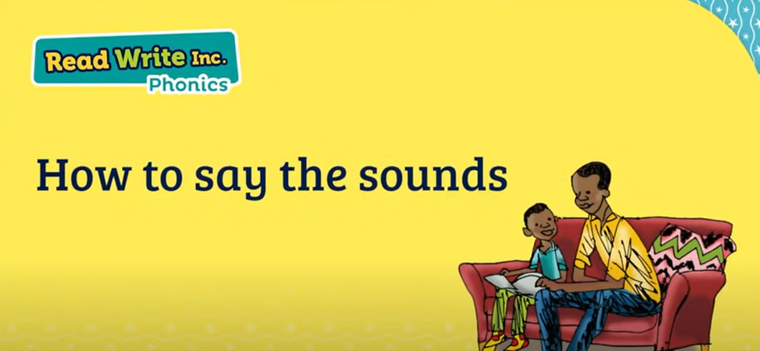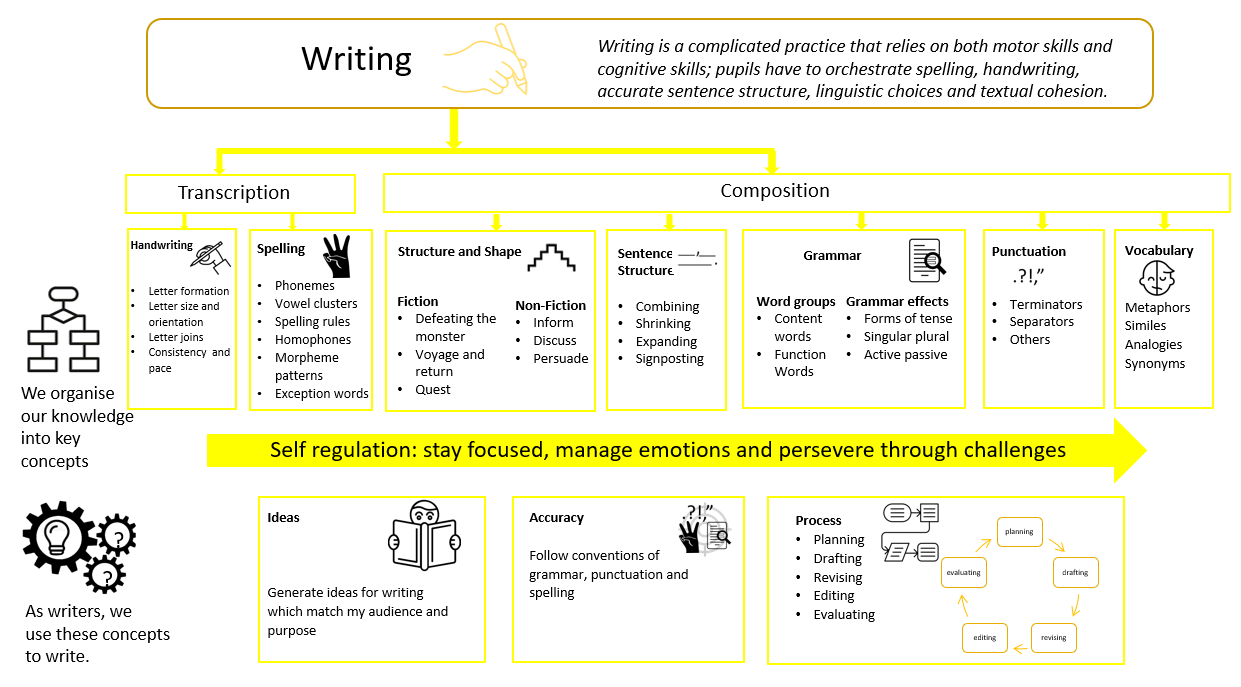English
At Dunbury, we believe that our most important job is to teach children to read. Our intent is, not only to ensure children are fluent and functional readers by the time they enter Key Stage 2, but also that we nurture a love of reading. Through our extensive reading curriculum, we intend for our children to develop the comprehension and fluency skills to be successful life-long readers, therefore gaining the necessary skills to progress in all other areas of the curriculum. We make it enjoyable by ensuring children have access to newly released books and classics, including graphic novels, magazines and picture books to read in school and at home. We want to create foundations for our children to build positive reader identities, as it is known that there is a large gap in achievement at secondary school between students who read books for pleasure and those who do not (OECD, 2010). We encourage children and parents to read together to understand, support and build our school’s reading ethos.
Read Write Inc. Phonics
At Dunbury, we use the Read Write Inc (RWI) programme to get children off to a flying start with their literacy. RWI is a method of learning centred around letter sounds and phonics, and we use it to aid children in their reading and writing.
Reading opens the door to learning. A child who reads a lot will become a good reader. A good reader will be able to read more challenging material. A child who reads challenging material is a child who will learn. The more a child learns, the more he or she will want to find out.
Using RWI, the children learn to read effortlessly so that they can put all their energy into comprehending what they read. It also allows them to spell effortlessly so that they can put all their energy into composing what they write.
When using RWI to read the children will:
- learn 44 sounds and the corresponding letter/letter groups using simple picture prompts
- learn to read words using Fred Talk
- read lively stories featuring words they have learned to sound out
- show that they comprehend the stories by answering questions.
When using RWI to write the children will:
- learn to write the letters/letter groups which represent 44 sounds.
- learn to write words by saying the sounds in Fred Talk
- write simple sentences
It is important that when supporting your child with phonics, you use pure sounds (e.g. 'mmmm', not 'muh' and 'llll' not 'luh'). This may be different to when you learnt to read sounds. Watch the video below to help with this. Children only learn how to say letter names when they have mastered the simple sounds.
What is Read Write Inc?
 Click here for a parent information film
Click here for a parent information film
How do I say the sounds?
 Click here for a parent information film.
Click here for a parent information film.
Phonics Screening Check - Year 1
At the end of Year 1, children sit a word reading check so that parents and teachers can be sure the children are on track to be secure readers moving into Year 2. Watch this video created by Read Write Inc. to explain in further detail what the check involves for your child.
 At Dunbury we approach writing through the ‘simple view of writing’ designed by researchers into best practice. We recognise that despite the title of the simple view of writing, writing is a complex and increasingly demanding task as children progress from novice to expert to disciplinary writers. Below are our key concepts in writing.
At Dunbury we approach writing through the ‘simple view of writing’ designed by researchers into best practice. We recognise that despite the title of the simple view of writing, writing is a complex and increasingly demanding task as children progress from novice to expert to disciplinary writers. Below are our key concepts in writing.
Transcription:
At Dunbury we believe that for children to be successful writers they need strong accurate and fluent foundations in spelling and handwriting. We follow the Read, Write Inc. SSP programme, which provides the basis for strong teaching of phonics and letter formation in Early Years and early Key Stage 1. This grows into the progression model for transcription knowledge across the school.
Spelling
 In EY and Year 1, children learn to encode words using Fred Fingers. Click here for an information film about how to support your child at home with this.
In EY and Year 1, children learn to encode words using Fred Fingers. Click here for an information film about how to support your child at home with this.
Beyond the RWI programme, children continue to apply phonics as their main strategy whilst developing their awareness of alternative spellings, etymology (where words originate from) and morphology (how words are structured, such as adding prefixes and suffixes).
Handwriting
 It is important that our children learn to write the letters as they learn the sounds. Read Write Inc suggest mnemonics (short rhymes) to help children form letters correctly when they are early readers, which gives them the foundations to develop a joined style when they move into Key Stage 2.
It is important that our children learn to write the letters as they learn the sounds. Read Write Inc suggest mnemonics (short rhymes) to help children form letters correctly when they are early readers, which gives them the foundations to develop a joined style when they move into Key Stage 2.
Click here for a parent information film on supporting your child at home.
Writing Mnemonics
Composition:
At Dunbury, we recognise that to compose our writing successfully we need an increasing knowledge of vocabulary, language, grammar and its effects, sentence structures and audiences to write for (genres). The substantive knowledge that we teach is ambitious, informed by the national curriculum and organised into key concepts.
Executive Function:
Executive function is our ability to self-regulate through writing tasks, allowing us to plan, sustain our attention and stick to our learning goals. At Dunbury, we use metacognitive questioning throughout our writing lessons to support pupils to plan, monitor and evaluate their approaches, supporting both their executive function and their self-regulation. We also include here in our thinking, motivation to write. Children need to pursue writing excellence in the context of having all the necessary building blocks to write well. We believe that all children can write.

